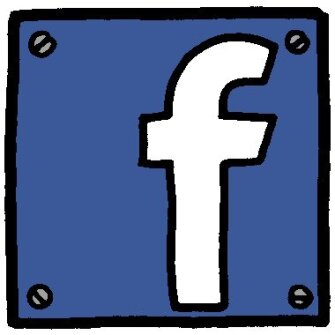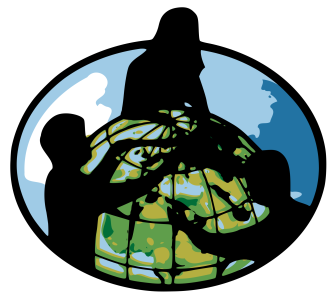This month, I’ll be featuring the voices of female educators in honor of Women’s History Month. More written about this is here.
When I was a kid, I used to look in the mirror and imagine my body was made up of puzzle pieces-- each one a talisman, a marker of some part of my larger identity. My eyes, big and brown, slightly almond-shaped, were tied to my great grandmother’s Spanish roots. My long, curly hair was a flag that waved a crest full of similarly curly-haired women from past generations. My wide smile and doubled-over laughs were sure markers of my Filipina mother’s family. The soft, fullness of my hips simply identified me as: girl, Brown.
Like many women, I have analyzed my identity piecemeal for years. I have used eyeliner to draw focus to the shape of my eyes and bottles of products to manage the curly-haired flag. I have tried diets and not eating in an attempt to remove a whole part of myself, thinking I could tame the beasts of Vanity and Validation if I only fed them. As I grew older, the reflection changed but my hips remained. Still, they identified me simply: woman, Brown.
As I grew older, I learned it was not just my body that was divided for the spoils. Parts of my personality are also graded on a scale of effectiveness. Big emotional displays are a feminine “weakness,” the kind that tells girls they are alternatively “needy” or “bossy” when they make requests. The willingness to give love instead of fearfully squirreling it away are “naive” or “doting.” My desire to care for others are given diminutive names like “nesting” or “nurturing,” as though only baby birds are worthy of the strength it takes to open one’s hands and hold the heart of another’s.
Now as a teacher, I have been asked--and ask myself--to judge how these aspects of my femininity have affected my classroom. Do my eyes, hair, and hips affect the way I am perceived as an educator? Are caretaker tendencies a benefit to my students, or merely a reflection of the glass ceiling the patriarchal lens perpetuates to cap my own abilities?
Over the past month, I have sat with those questions. I have attempted to cut out the parts of myself I have labeled as “woman, Brown,” lay them out, and look at them in the fluorescent light of my classroom.
After reading some amazing voices this month, I am now struck by an important realization. I can’t help but wonder if I have made an error in my self-perception. While I embrace intersectionality of identity within my students (hence the title of this column), I perhaps neglected those intersections within myself.
I have assumed my parts labeled as “woman, Brown,” were things that needed to be cut out and analyzed. In doing so, I failed to realize that the act of separating these parts out inherently ignores that they are a core part of my being.
My femininity isn’t accouterment that I attach to my role as a teacher. Being a woman is a central part of who I am. If I assume the parts of me identifying me as “woman” were something I could easily set aside, I implicitly diminish their worth not just in my practice, but my life.
Obviously, a healthy reflection of the self is essential to our work. However, I think it’s important to consider the place from where we are questioning: are we seeking a deeper understanding of ourselves? Or are we attempting to justify the parts of identity that the oppressor has taught us are unworthy and weak?
After reflecting this month, I have learned that being a woman in education means breaking down walls and being role models. It means accepting hard truths and standing up and asking tough questions.
Most importantly, however, it means choosing to unapologetically claim my womanness as part of my identity as a person and, therefore, as an educator. Instead of attempting to separate it out as an “extra” part of me, I realize I must accept it as a central part of me. The first step to truly understanding what it means to be a woman in education is seeing my womanhood as woven into the fabric of my being, not just little labels on particular parts.
As women’s history month comes to a close, I step back in front of the mirror. Instead of seeing just eyes or hair or heart, I see the whole of myself named: woman, Brown, teacher.



